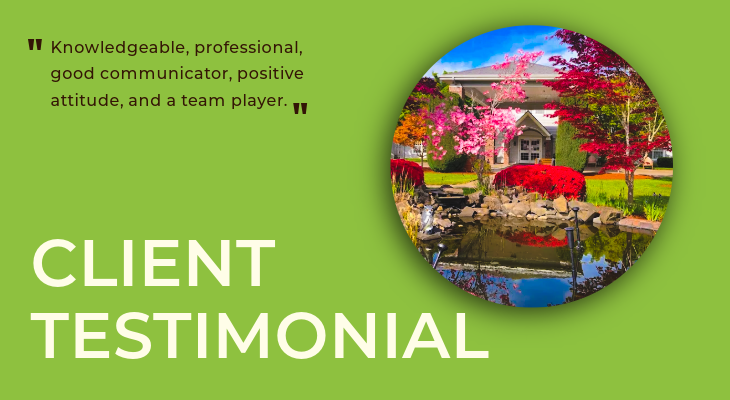Mike Wylie is a Physical Therapist and Senior Director of Rehab with Infinity Rehab, a therapy services company. He has been with Infinity Rehab for over six years. He works primarily at Good Samaritan Society-Stafholt in Blaine, Washington. He is the Director of Rehab there as well at nearby Avamere Bellingham Healthcare and Rehabilitation Services in Bellingham, Washington. In part one of a two-part series, Mike shares his experience at Stafholt amidst an outbreak of COVID 19.
***
Being a PT amidst COVID-19
I have been working in healthcare for 31 years, mostly as a physical therapist and three years as a nursing home administrator. Over the years, I have learned a lot from my patients, colleagues, and facility staff. I thought I had become a strong therapist as I have been receptive to learning throughout my career and was innovative. When Infinity started rolling out our Clinical Model, my initial reaction was that I really didn’t think it was going to help me be a much more effective therapist. But with time I realized that it was all evidence-based, and I came to trust the work done by our quality team. I also knew that it is common practice for nurses and doctors to follow evidence-based clinical pathways in order to give best possible care for their patients, so thought I should roll up my sleeves and give our Clinical Model a shot. After all, I wanted the best possible care for my patients too.
Lo and behold, flash forward two years and I can say without a doubt I am a better therapist now thanks to the Clinical Model. I found I had been using most of the approaches and interventions described in the Clinical Model’s different patient types, but now I feel like my patients work at a higher level of intensity and I am able to progress them more quickly and with more confidence. I especially appreciate the SPPB, gait speed interval training, heart rate calculator, and the cardiac risk stratification process. I also try to incorporate some of the OT elements, especially those geared towards getting patients engaged in their disease process (patient self-management).
COVID-19 hits my facility
In mid-March, my facility (like many around the country) got slammed with COVID-19. Trust me, when you go in to treat a COVID-19 patient, you take all of the innovation you can muster and EVERY tool in your bag – for me, this included our Clinical Model. All of my COVID-19 patients were confined to their rooms, which had now also become their rehab gym. Most of my patients never went to the hospital, but many of them were at a very low functional level and reminiscent of acute-care patients I have seen in the past.
The conditions in the room are not ideal: the confined space of the room, the hazmat suit that makes you sweat so much your clothes are soaked when you take it off, sweat dripping down your glasses and face shield, and the effort of breathing through the N95 mask, which is often covered by a surgical mask.
Then there were equipment barriers. I couldn’t provide stairs to my patients, so I ended up using reinforced wastepaper baskets to simulate stair training, to use for progressing intensity. Most of the strengthening tasks were active-assisted using the patient’s body weight as resistance. Everyone who could handle a self-exercise program got one to help keep them working. The ideas and activities suggested in the Clinical Model were especially helpful and appreciated. I revisited them several times. It can get monotonous for the patients so if they had a cellphone, I would call their families so they could offer inspiration or I would arrange for family to be present at the window to cheer my patient on. Not only did this family participation help my patients find their second wind, but the family was relieved to see how their loved one was doing and stay better connected.
For all of the above reasons, the environment was chaotic and distracting to say the least. In these circumstances, it was definitely reassuring for the patients and myself to have the structure of our Clinical Model to prescribe the aerobic and strengthening intensities of my interventions.
Stay tuned to the Infinity Rehab blog for part two in this series. Mike will share the interventions and goals he implemented, as well as a touching story about one patient.







